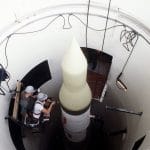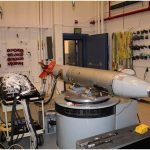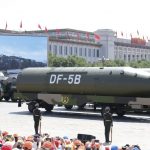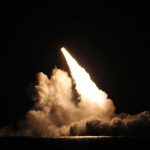Indian nuclear forces, 2012
By Hans M. Kristensen, Robert S. Norris | July 1, 2012
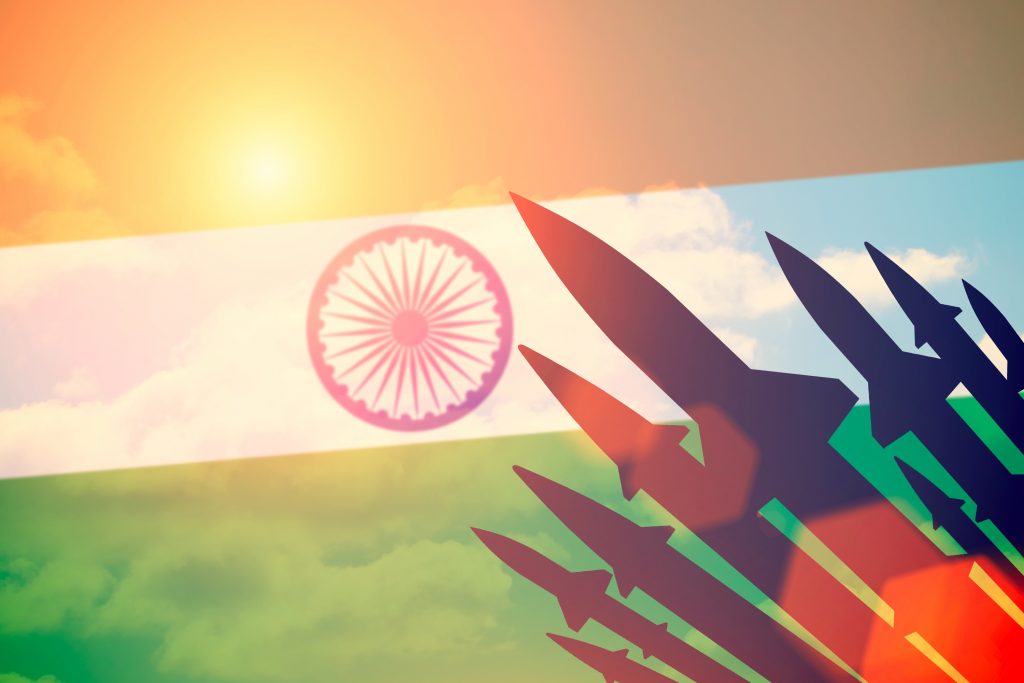
Nuclear Notebook: How many nuclear weapons does India have?
India’s drive to develop a nuclear triad proceeds apace, with New Delhi developing or deploying several weapon systems to realize its goal of achieving offensive nuclear forces on land, at sea, and in the air. India took a significant step forward with the successful test-launch of the Agni V ballistic missile on April 19, 2012. With a range reportedly greater than 5,000 kilometers (3,107 miles), the Agni V can reach any target in China; however, the missile needs more testing and is still several years away from operational deployment. Nevertheless, the Agni V introduces a new dynamic to the already complex triangular security relationship among India, Pakistan, and China; a week after India’s April test-launch, Pakistan (somewhat predictably) responded by test-firing its nuclear-capable Shaheen-1A medium-range ballistic missile.
India is estimated to have produced approximately 520 kilograms of weapons-grade plutonium (IPFM, 2011), sufficient for 100–130 nuclear warheads; however, not all of the material has been converted into warheads. Based on available information about its nuclear-capable delivery vehicles, we estimate that India has produced 80–100 nuclear warheads. It will need more warheads to arm the new missiles it is currently developing. In addition to the Dhruva plutonium production reactor near Mumbai, India plans to construct a second reactor near Visakhapatnam, on the east coast. India is building an unsafeguarded prototype fast-breeder reactor at the Indira Gandhi Centre for Atomic Research near Kalpakkam (about 1,000 kilometers or 620 miles south of Visakhapatnam), which will significantly increase India’s plutonium production capacity once it becomes operational…
To read this full article for free, visit our online archive here.
To download a PDF of this article, click this link.
To read an authoritative accounting of world nuclear arsenals, click here for all Nuclear Notebook columns.
The Nuclear Notebook is researched and written by Hans M. Kristensen, director of the Nuclear Information Project with the Federation of American Scientists and Robert S. Norris, a senior fellow with the FAS. The Nuclear Notebook column has been published in the Bulletin of the Atomic Scientists since 1987. The Nuclear Notebook column has been published in the Bulletin of the Atomic Scientists since 1987.
Together, we make the world safer.
The Bulletin elevates expert voices above the noise. But as an independent nonprofit organization, our operations depend on the support of readers like you. Help us continue to deliver quality journalism that holds leaders accountable. Your support of our work at any level is important. In return, we promise our coverage will be understandable, influential, vigilant, solution-oriented, and fair-minded. Together we can make a difference.



